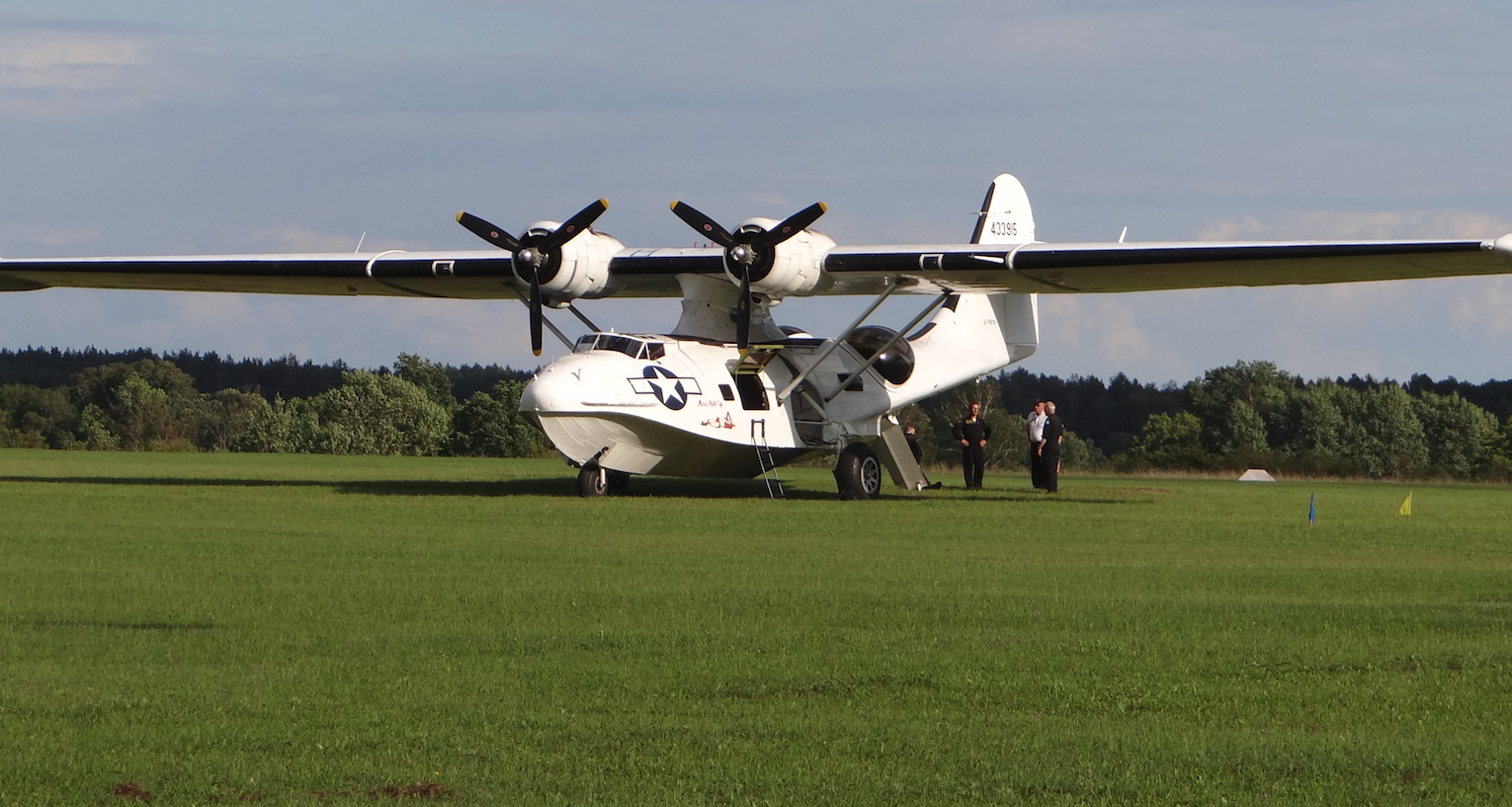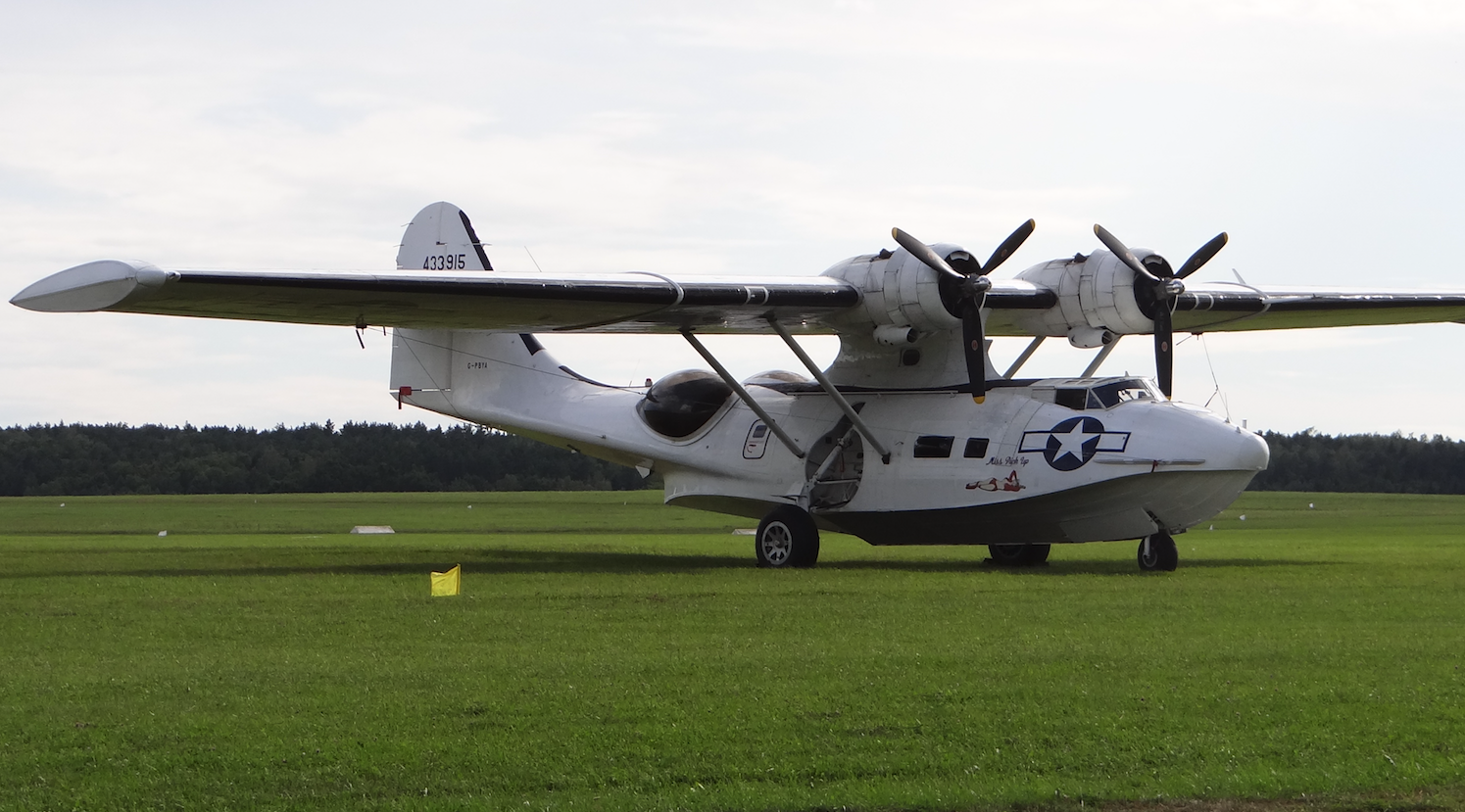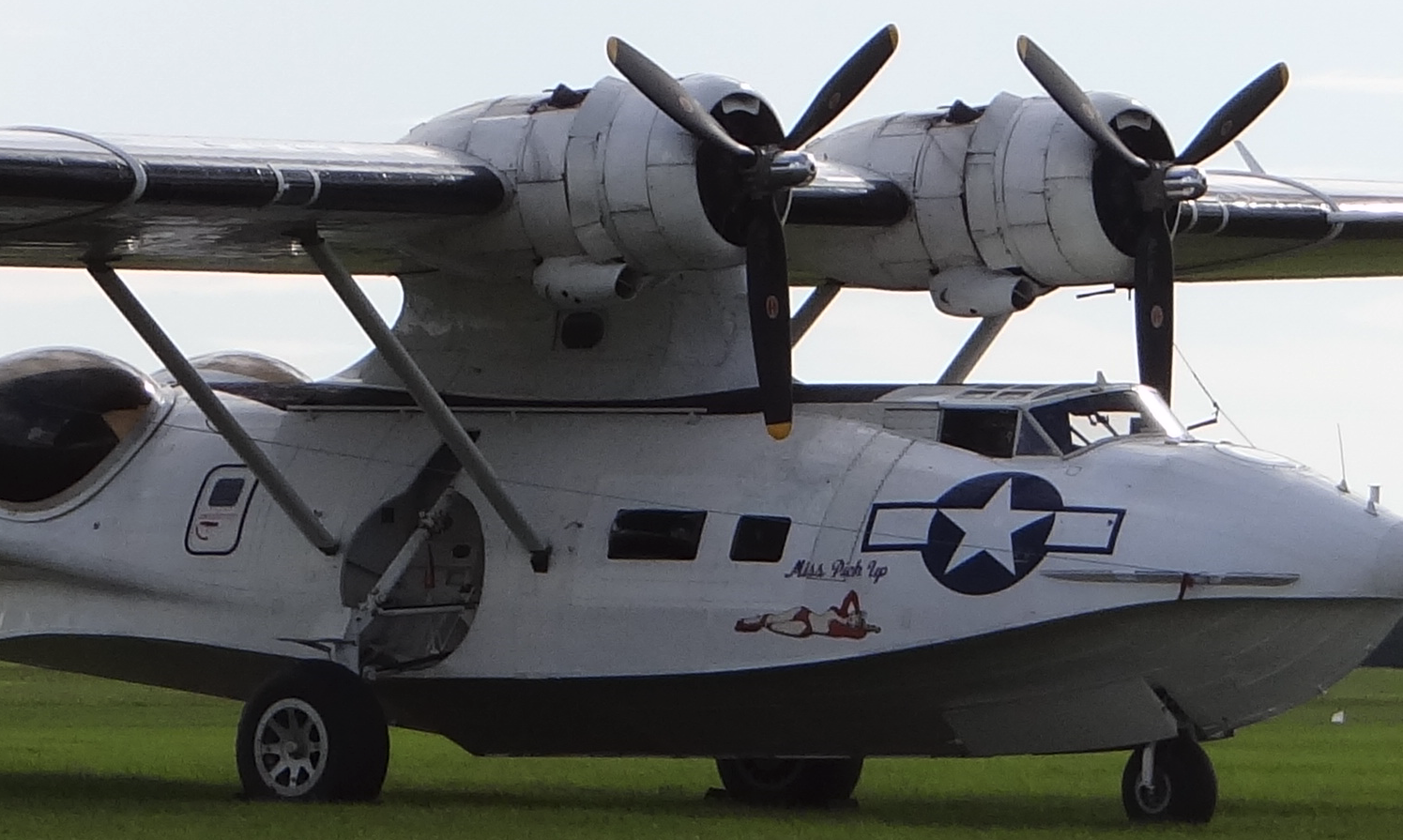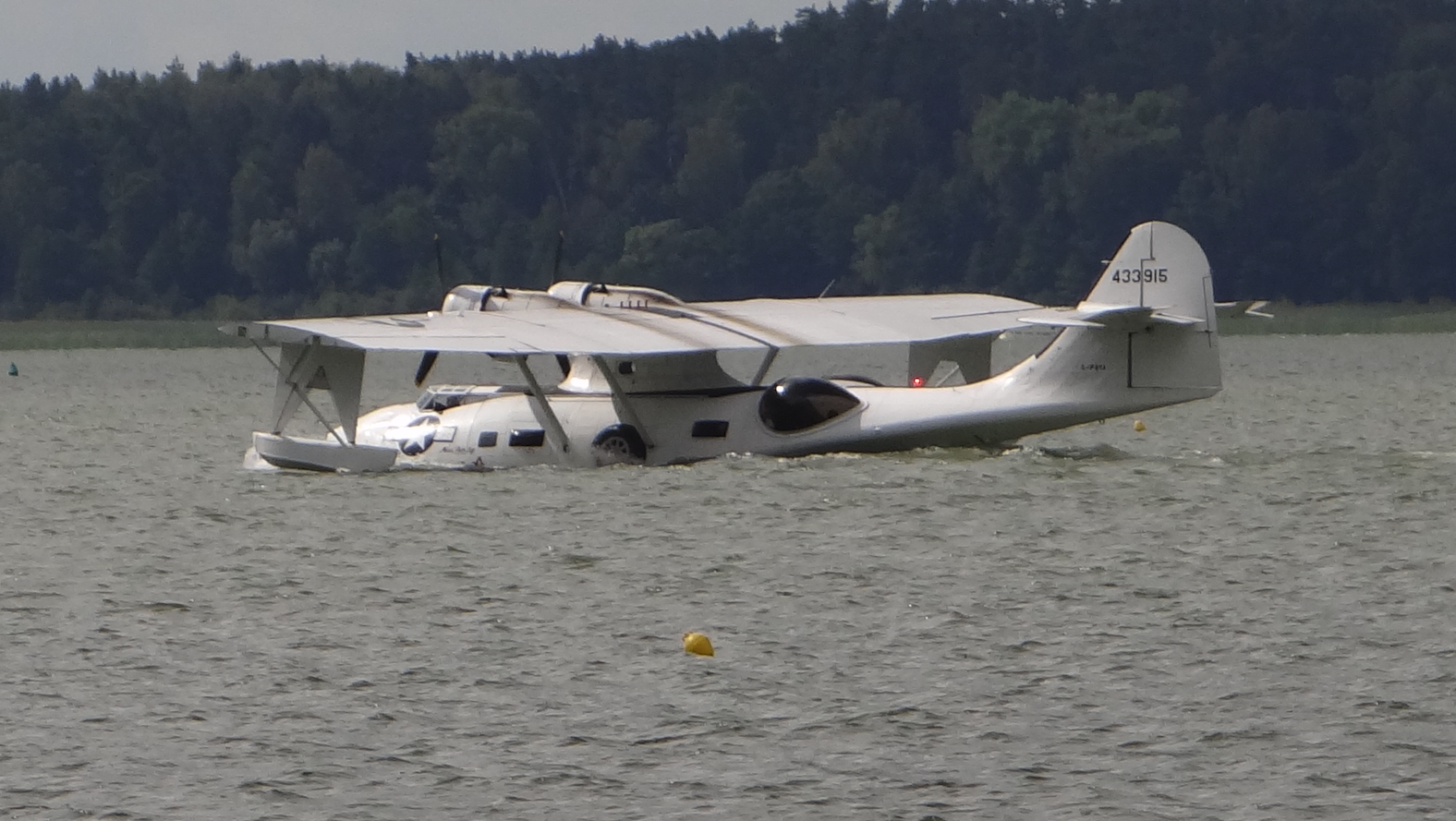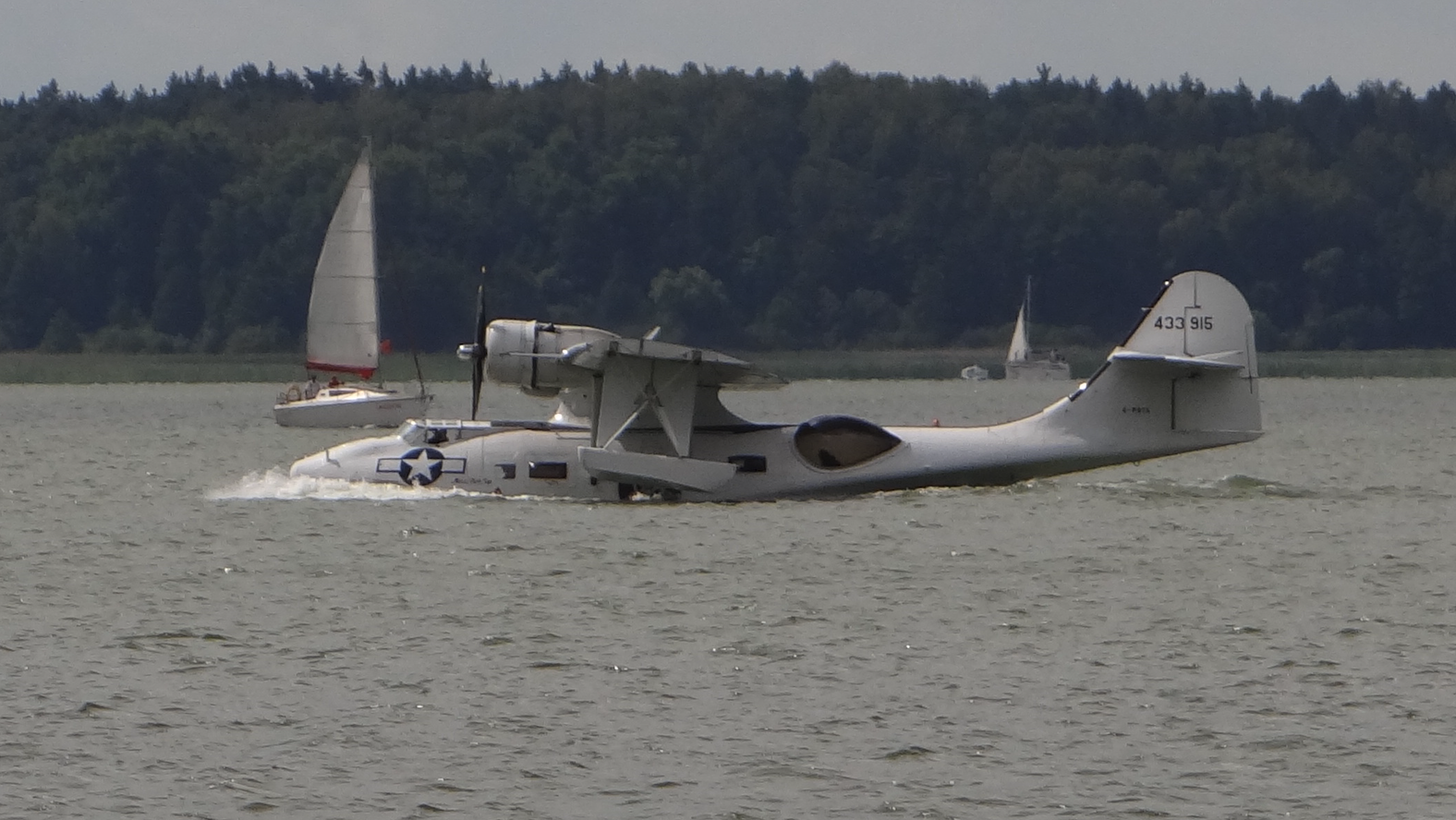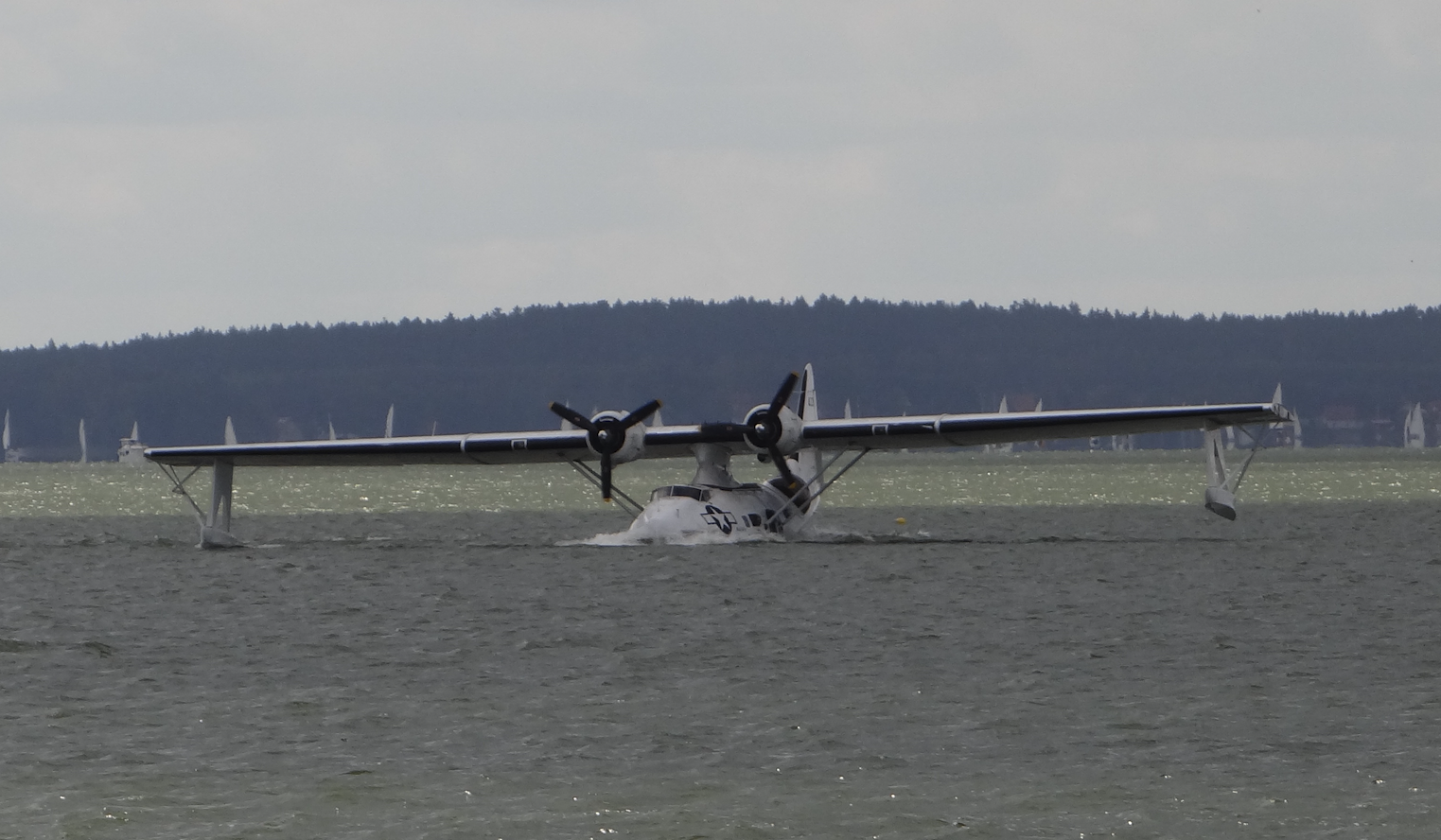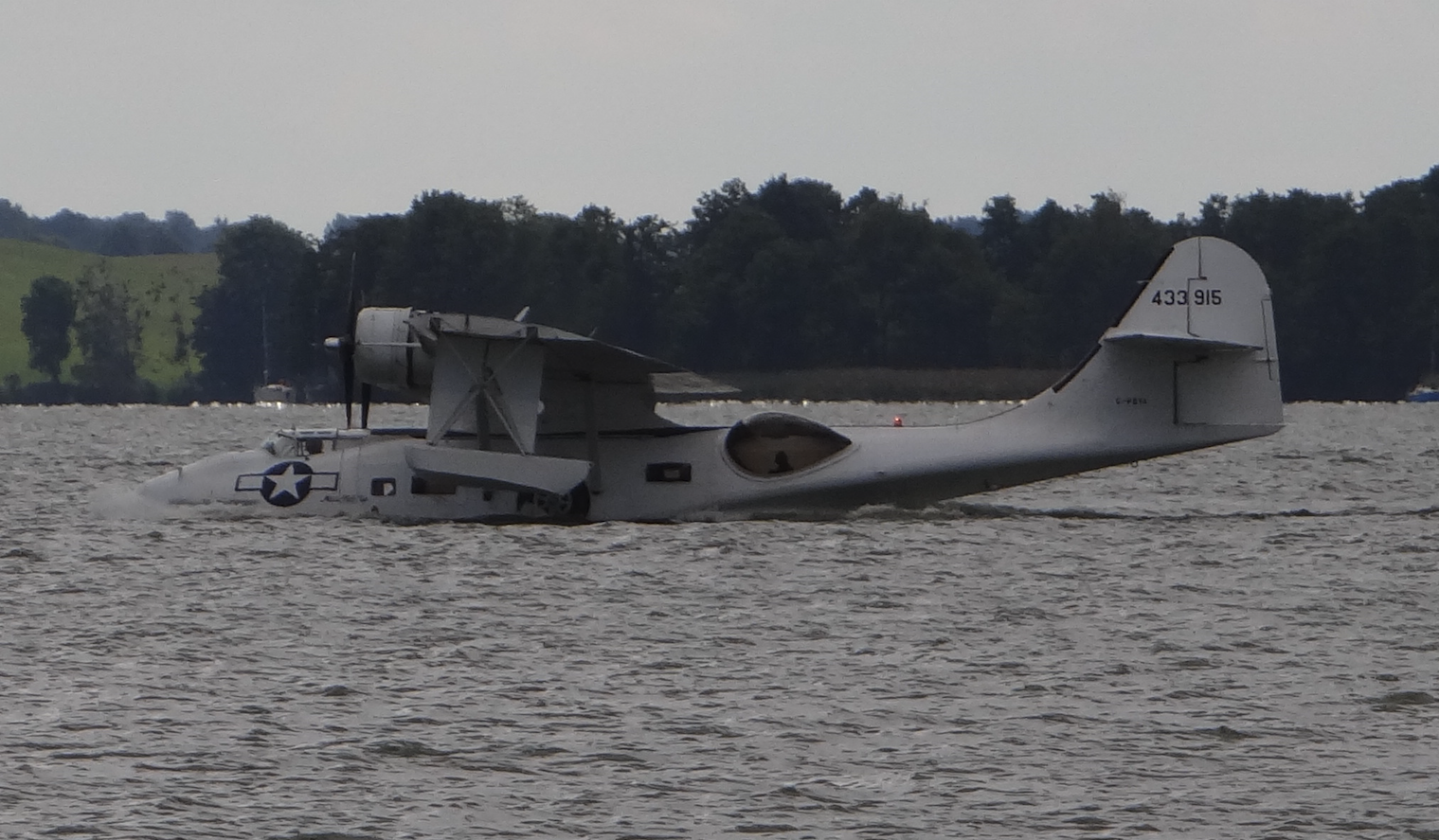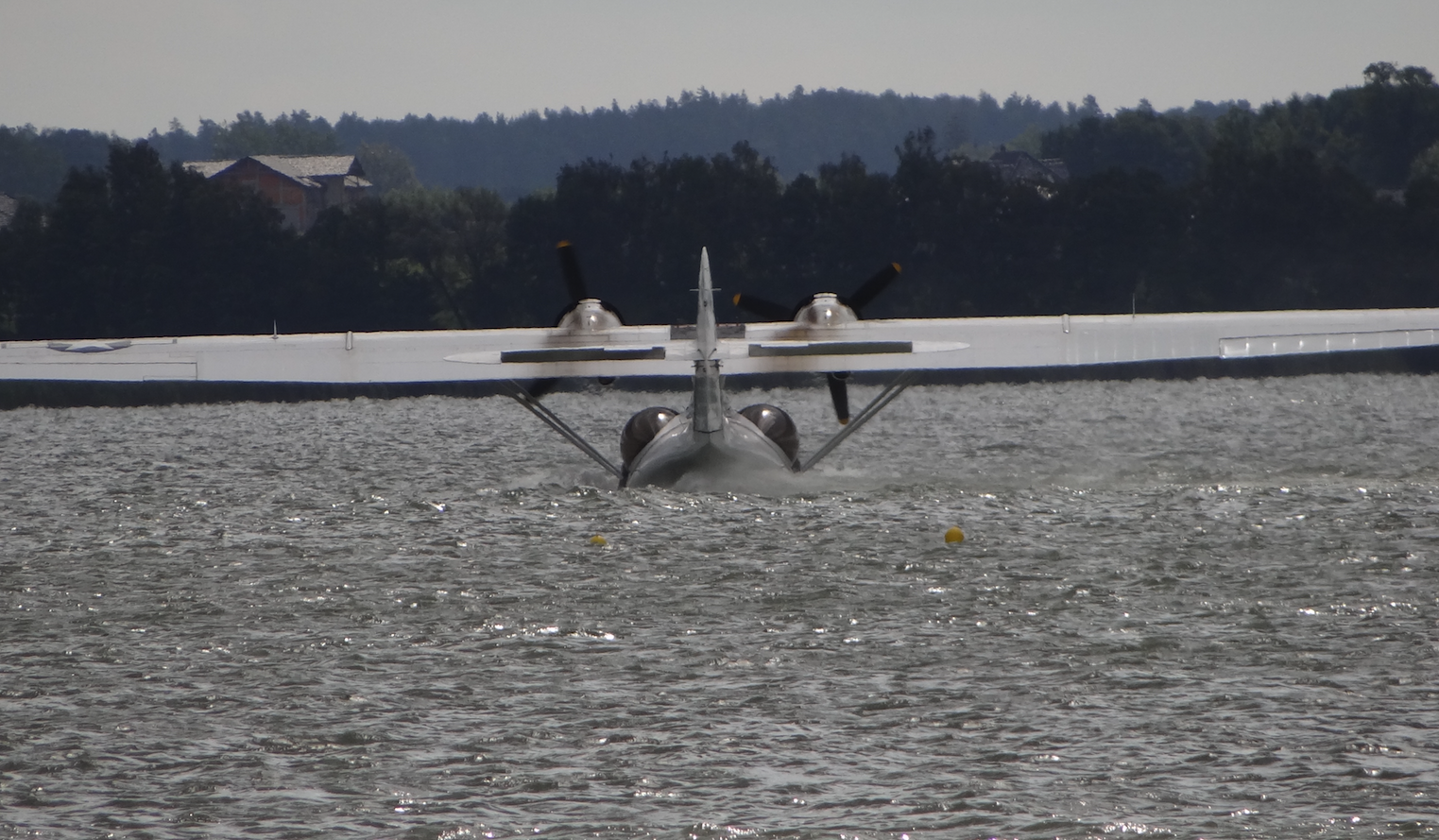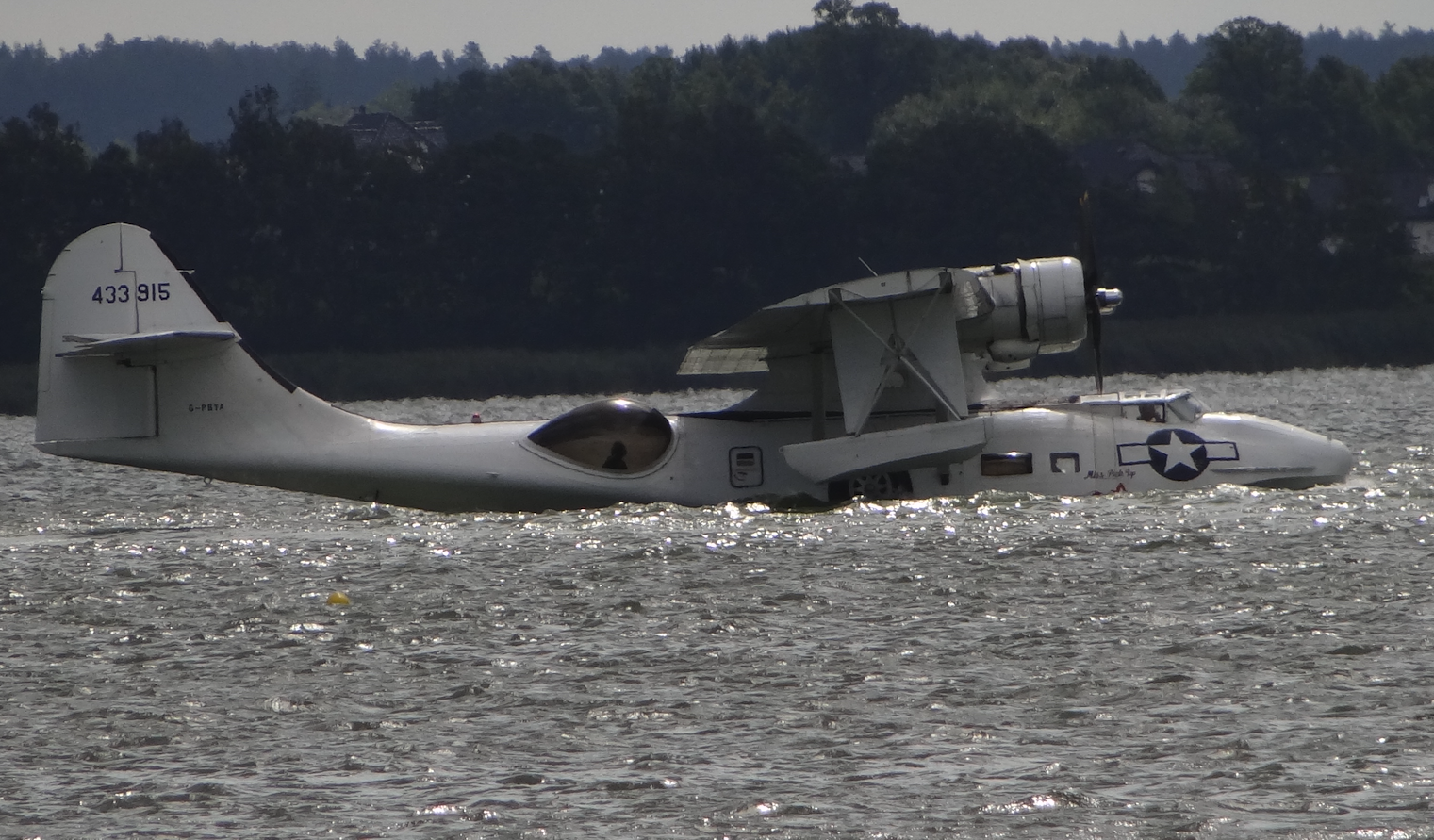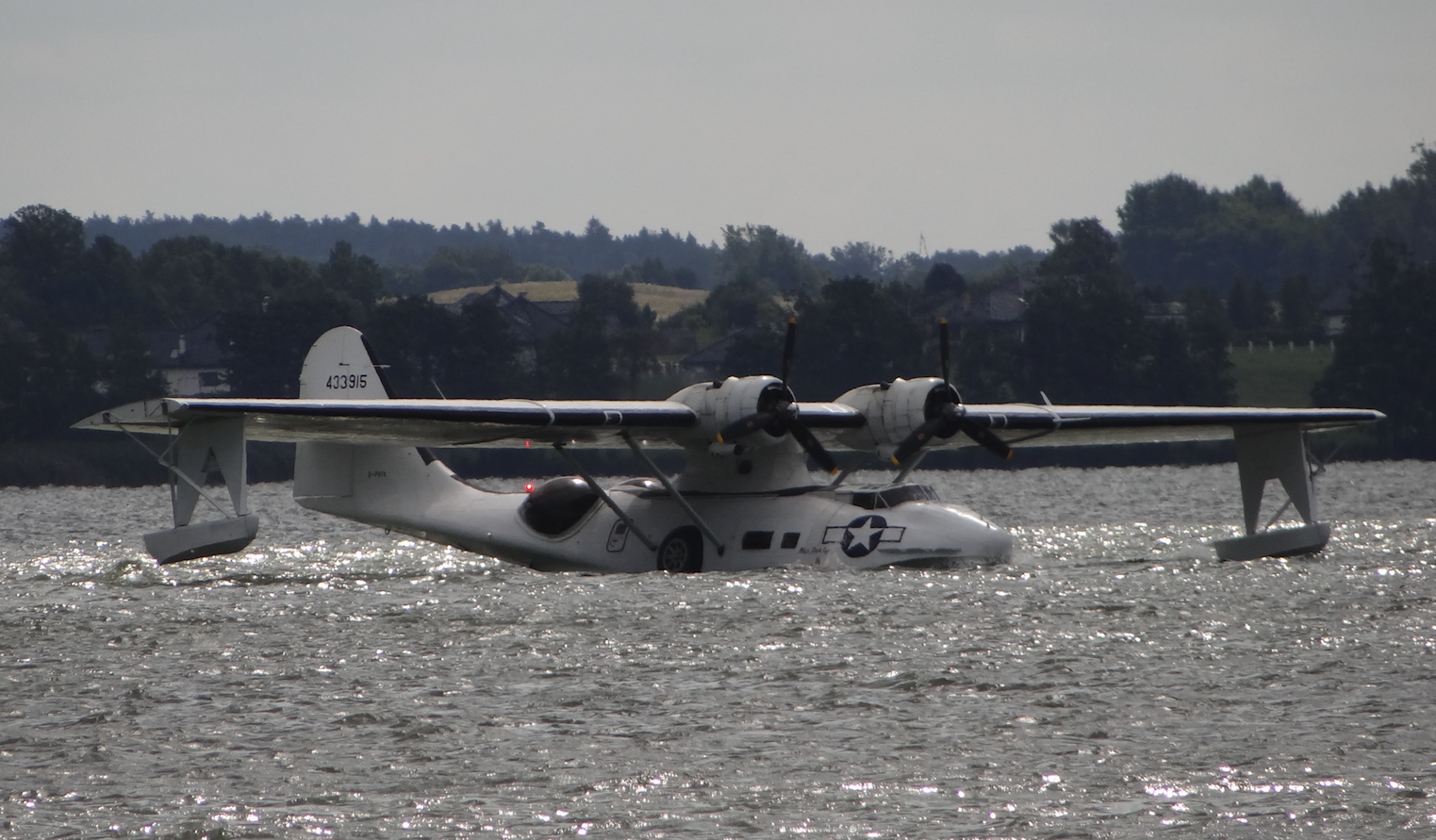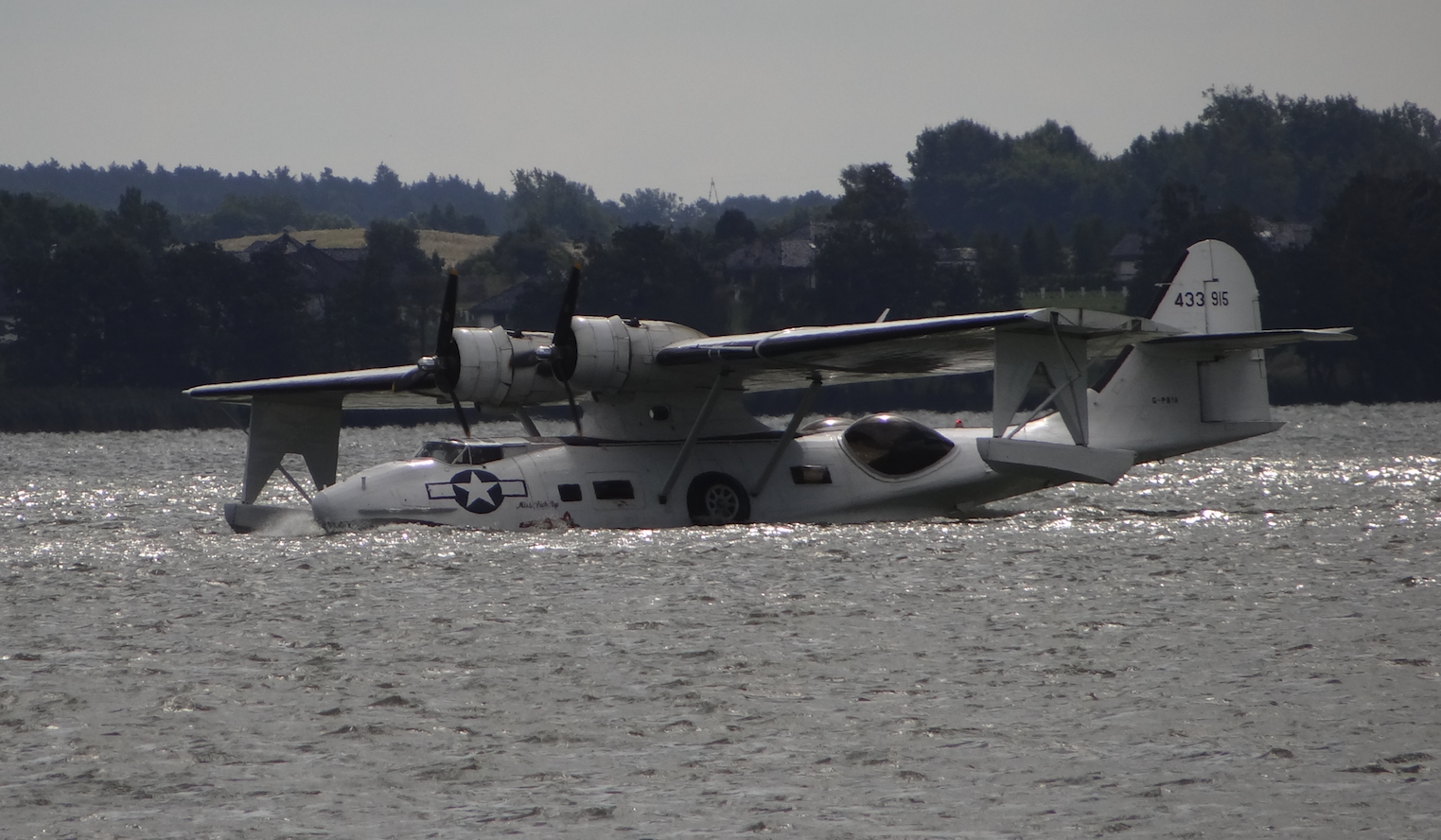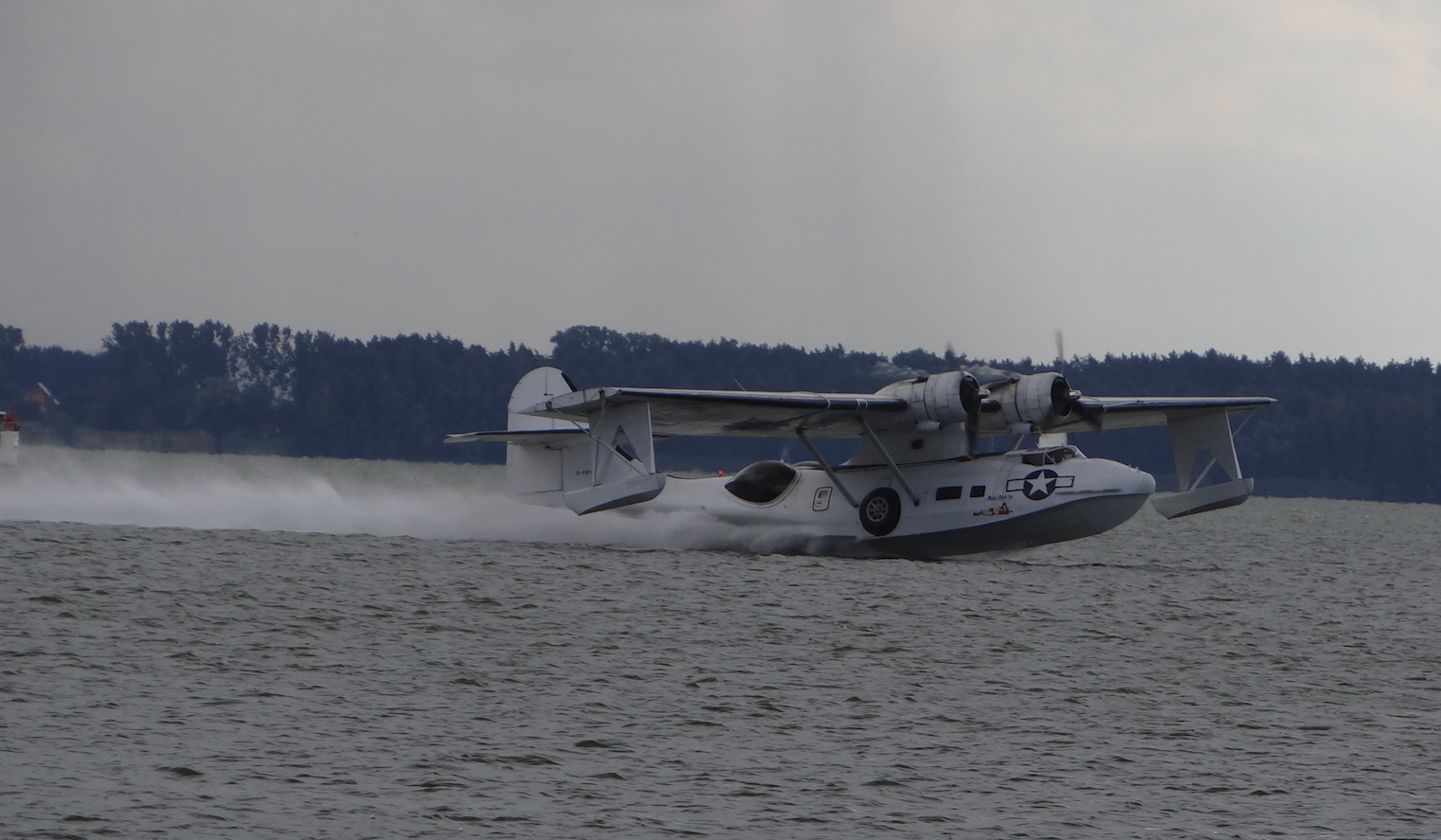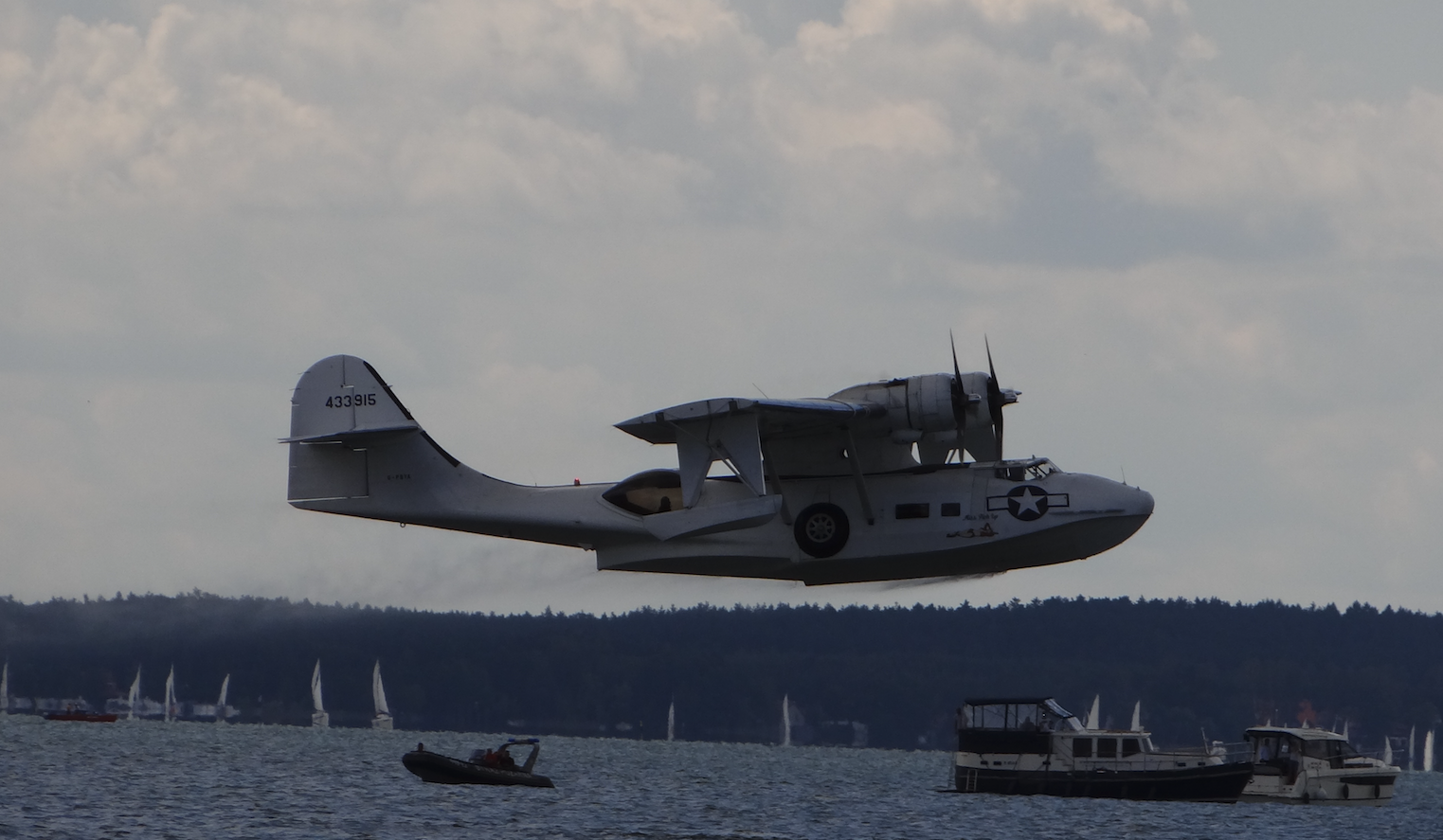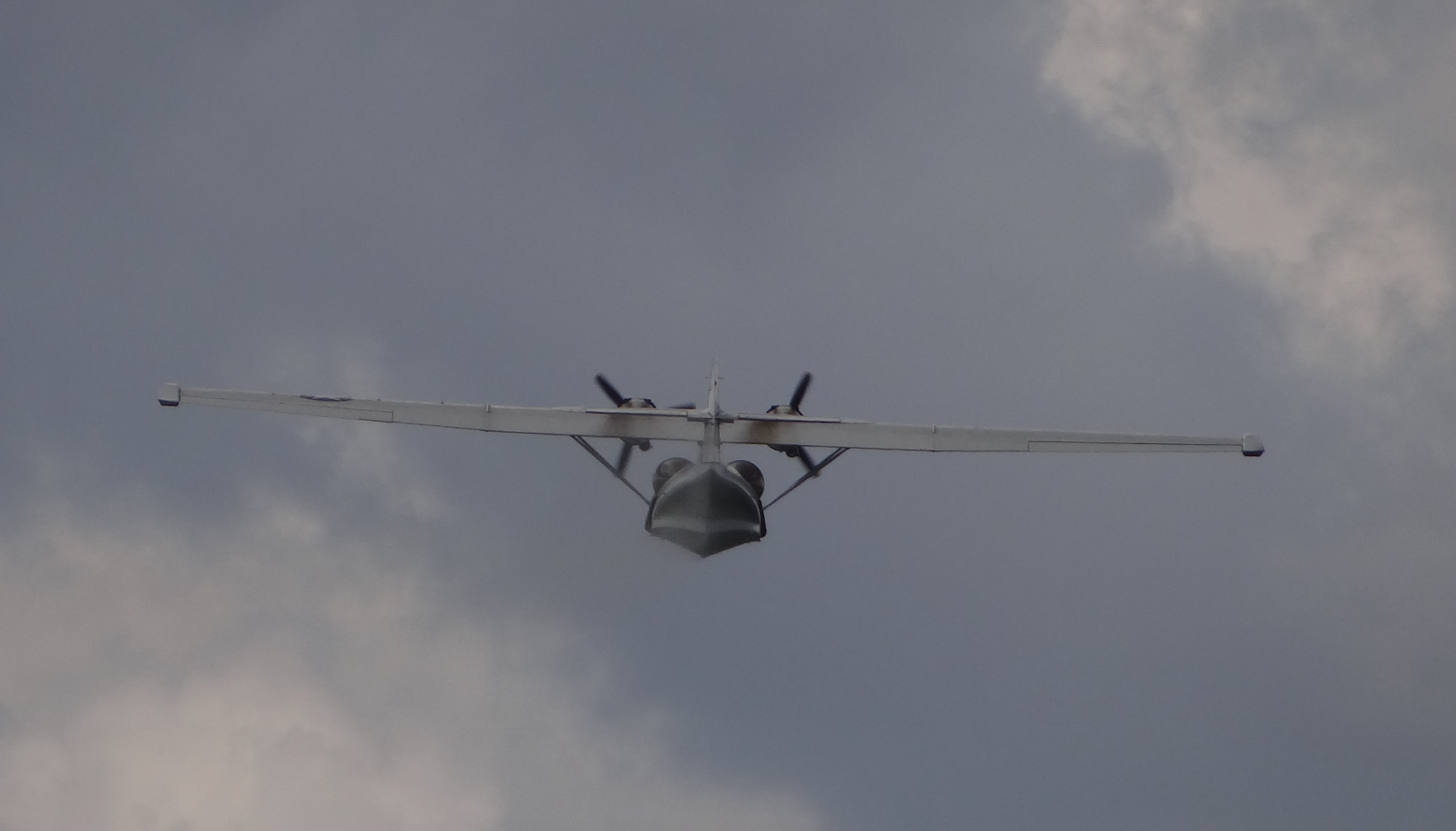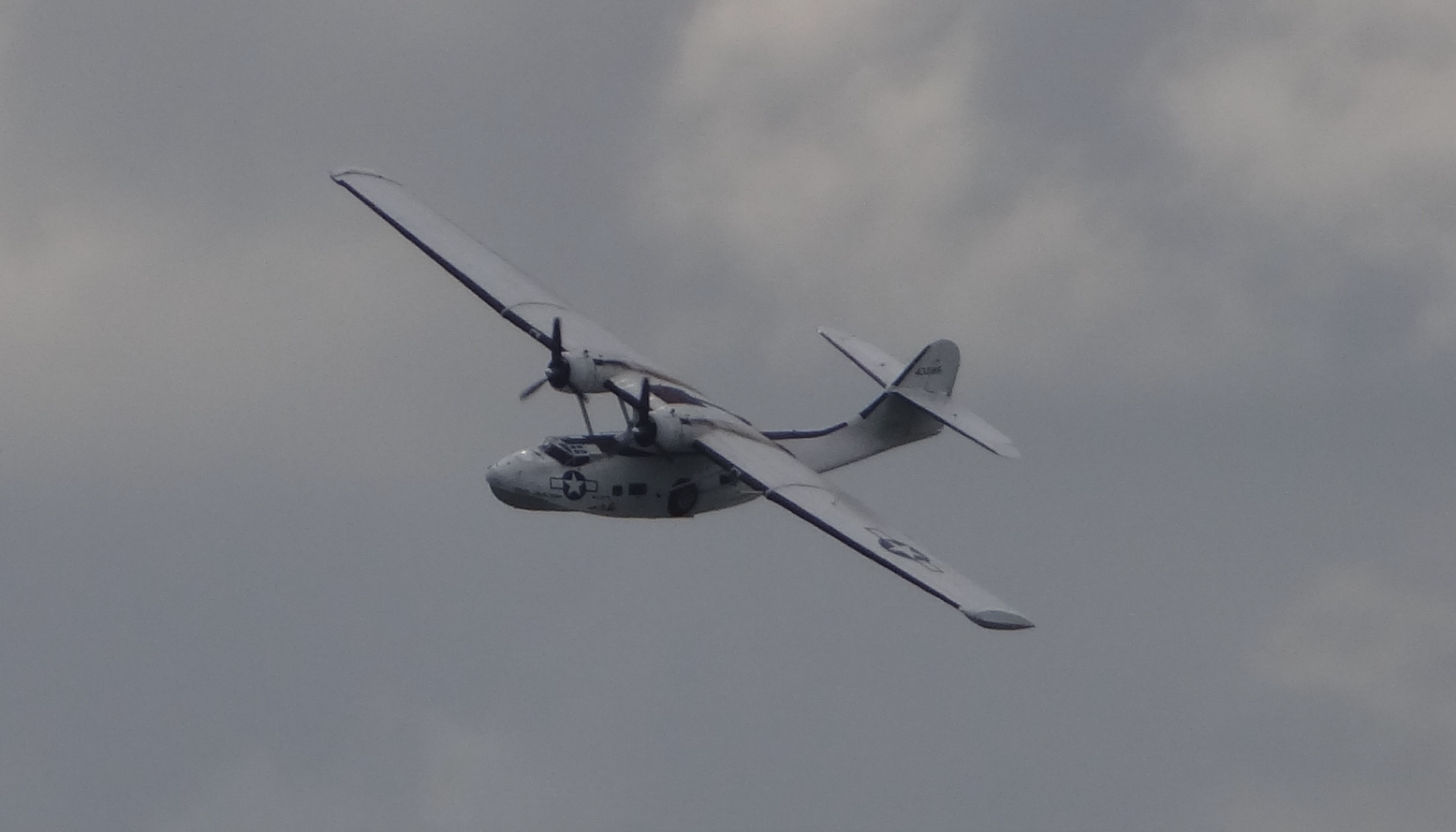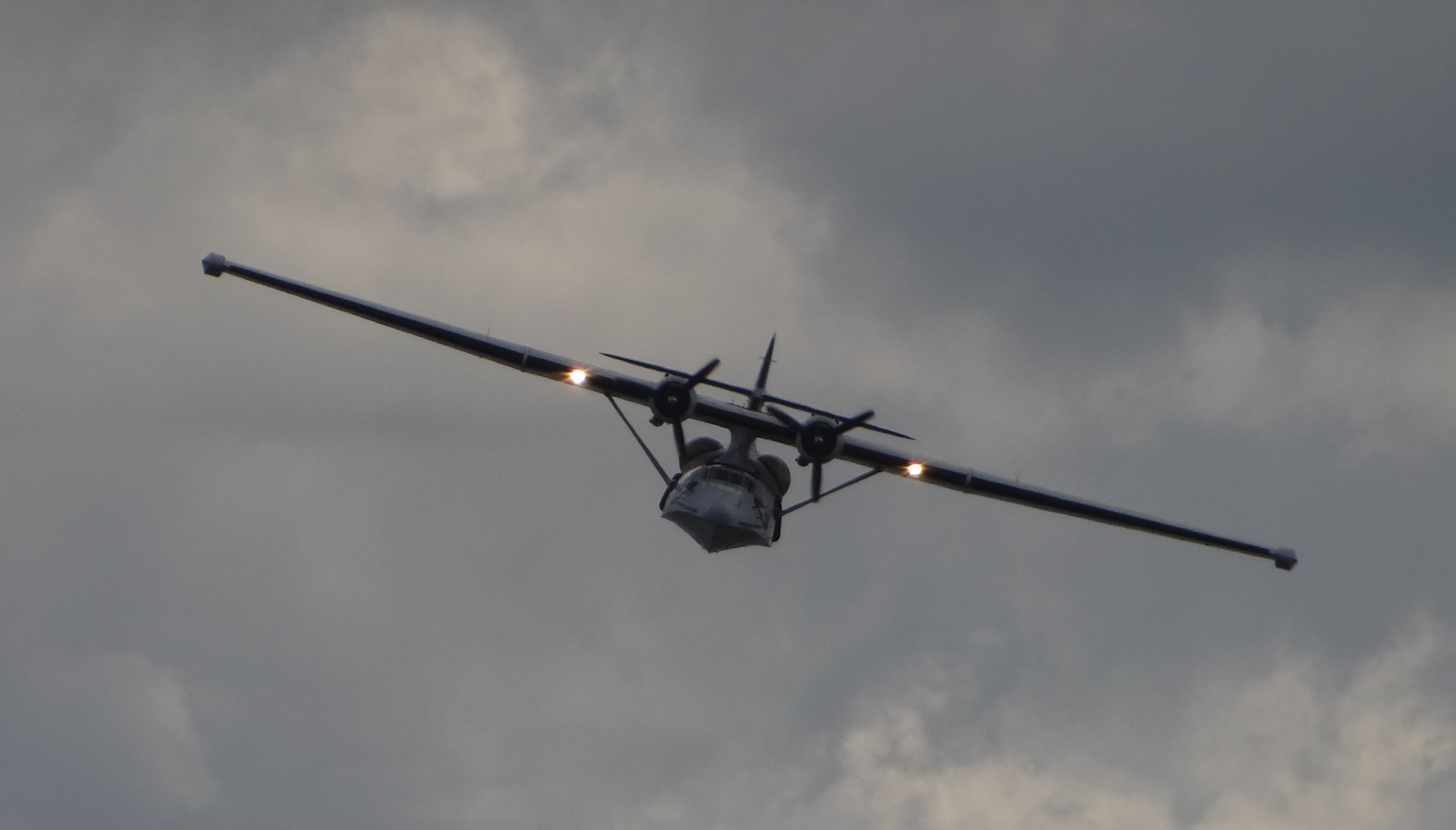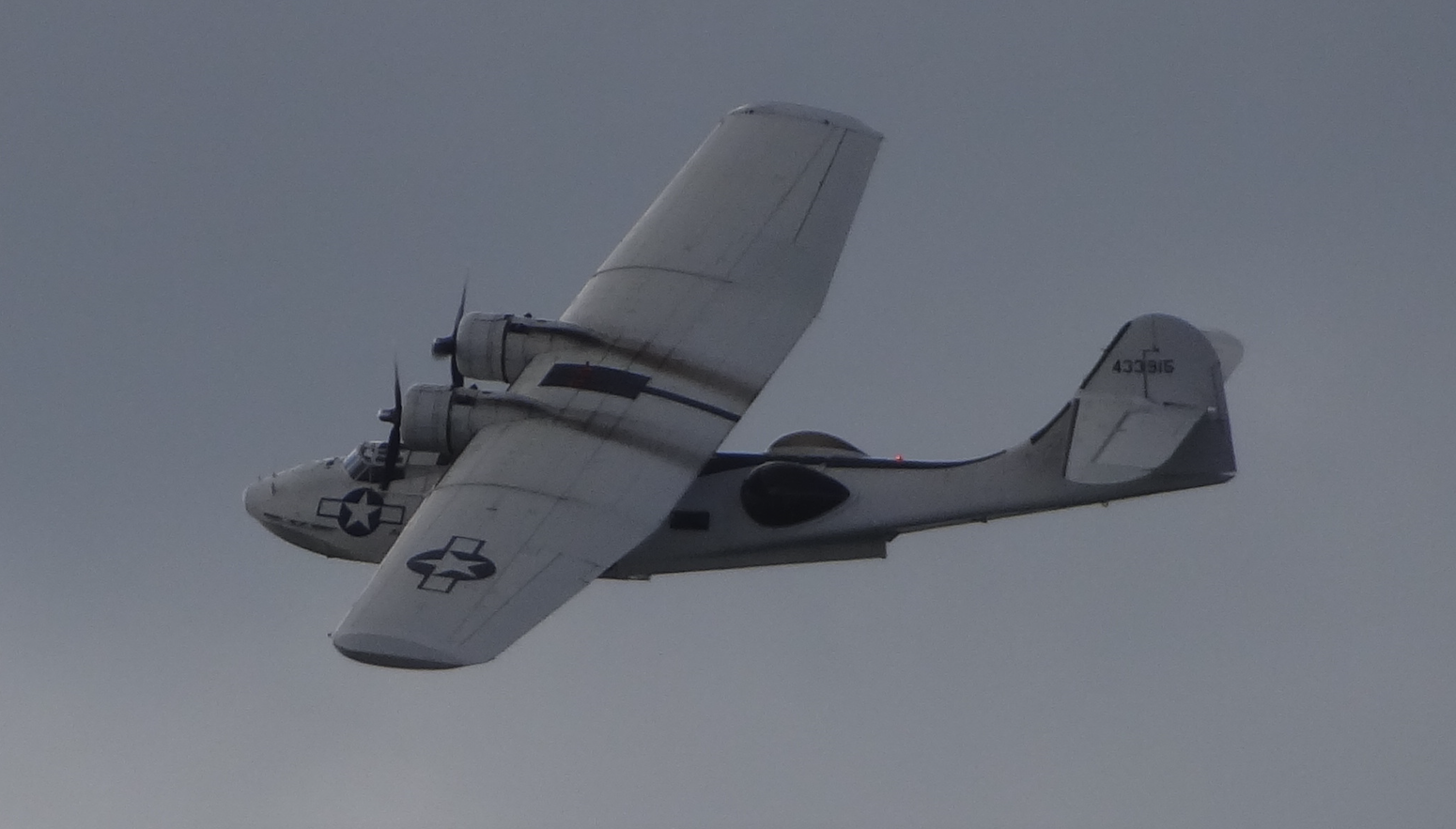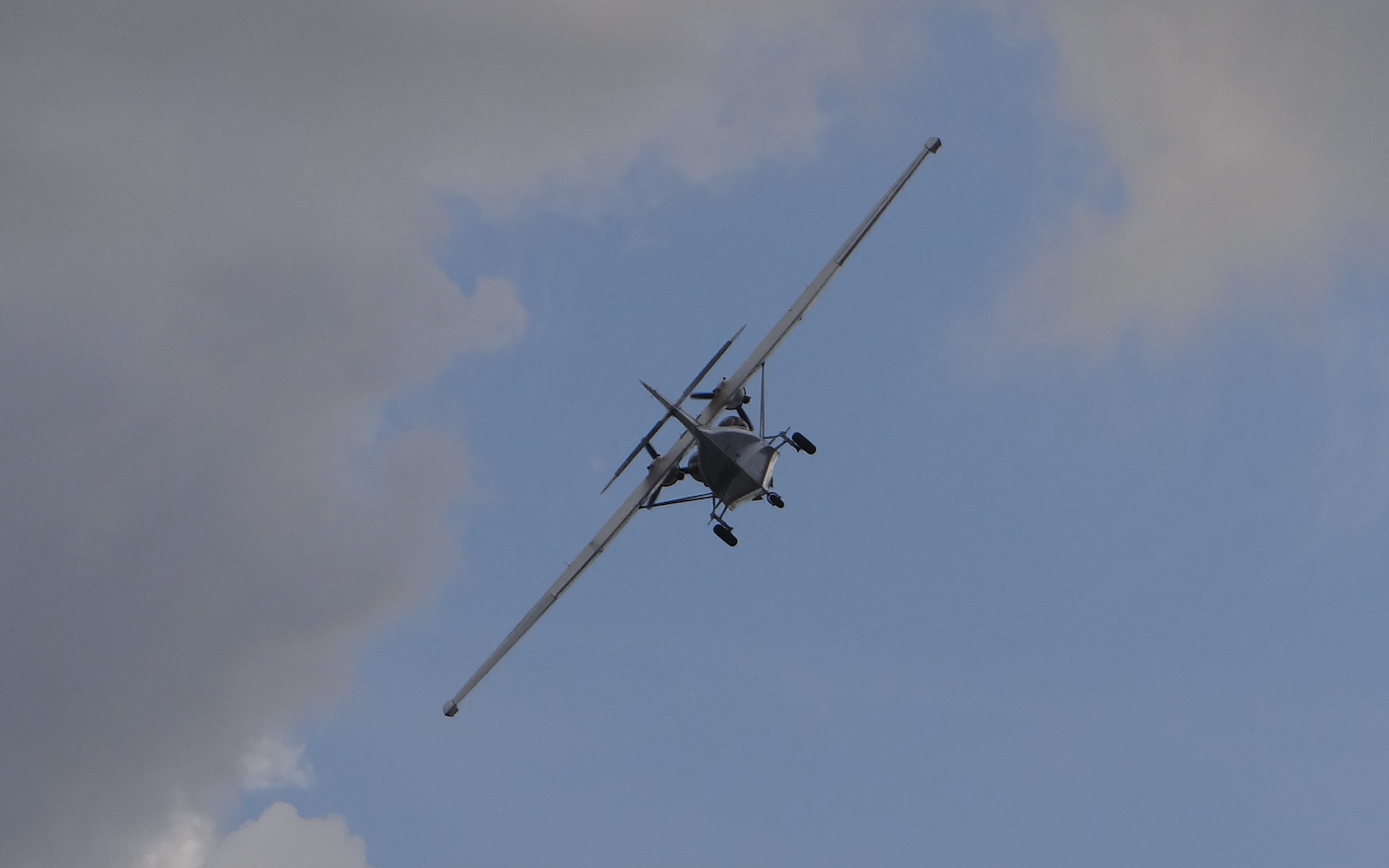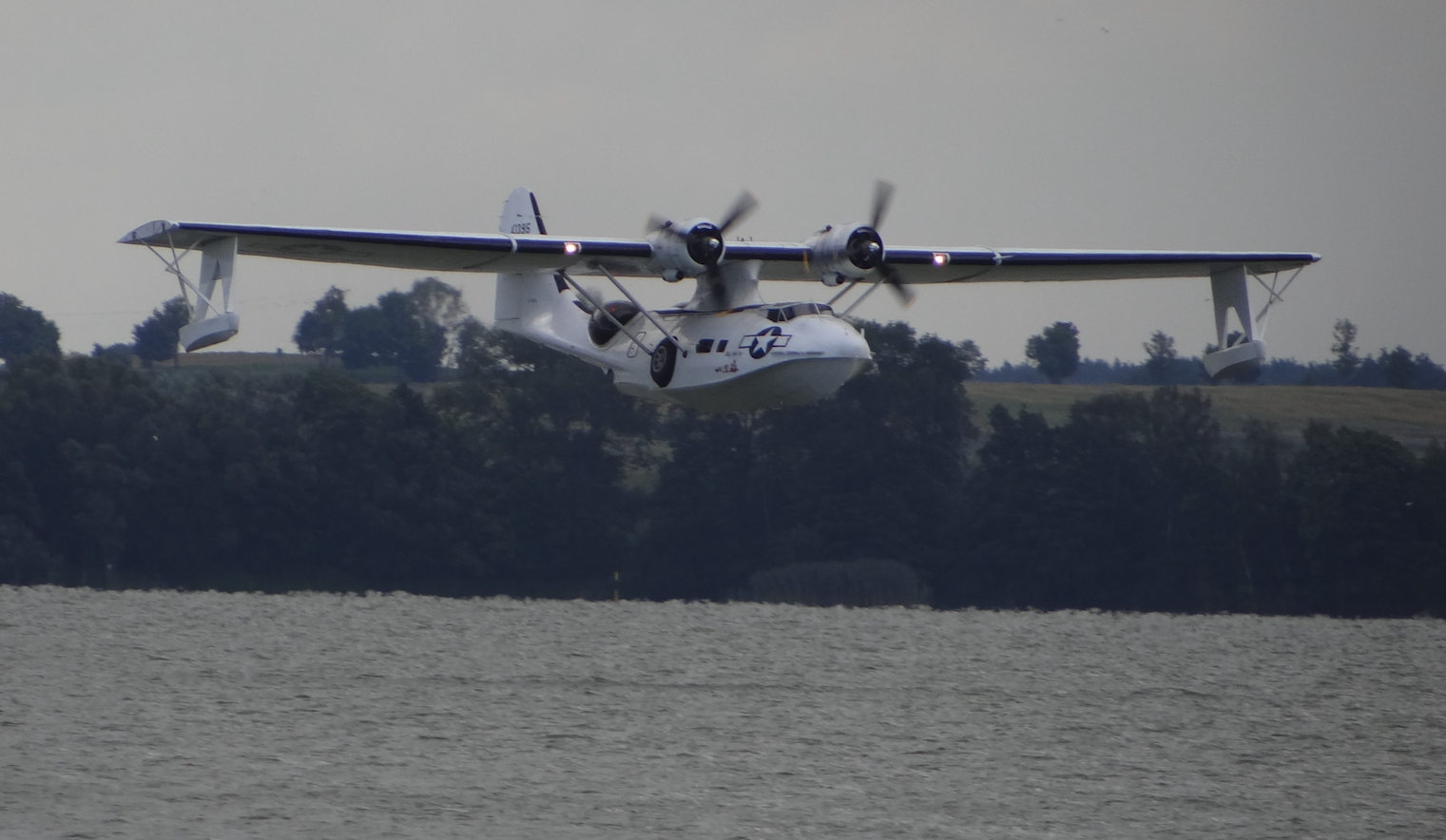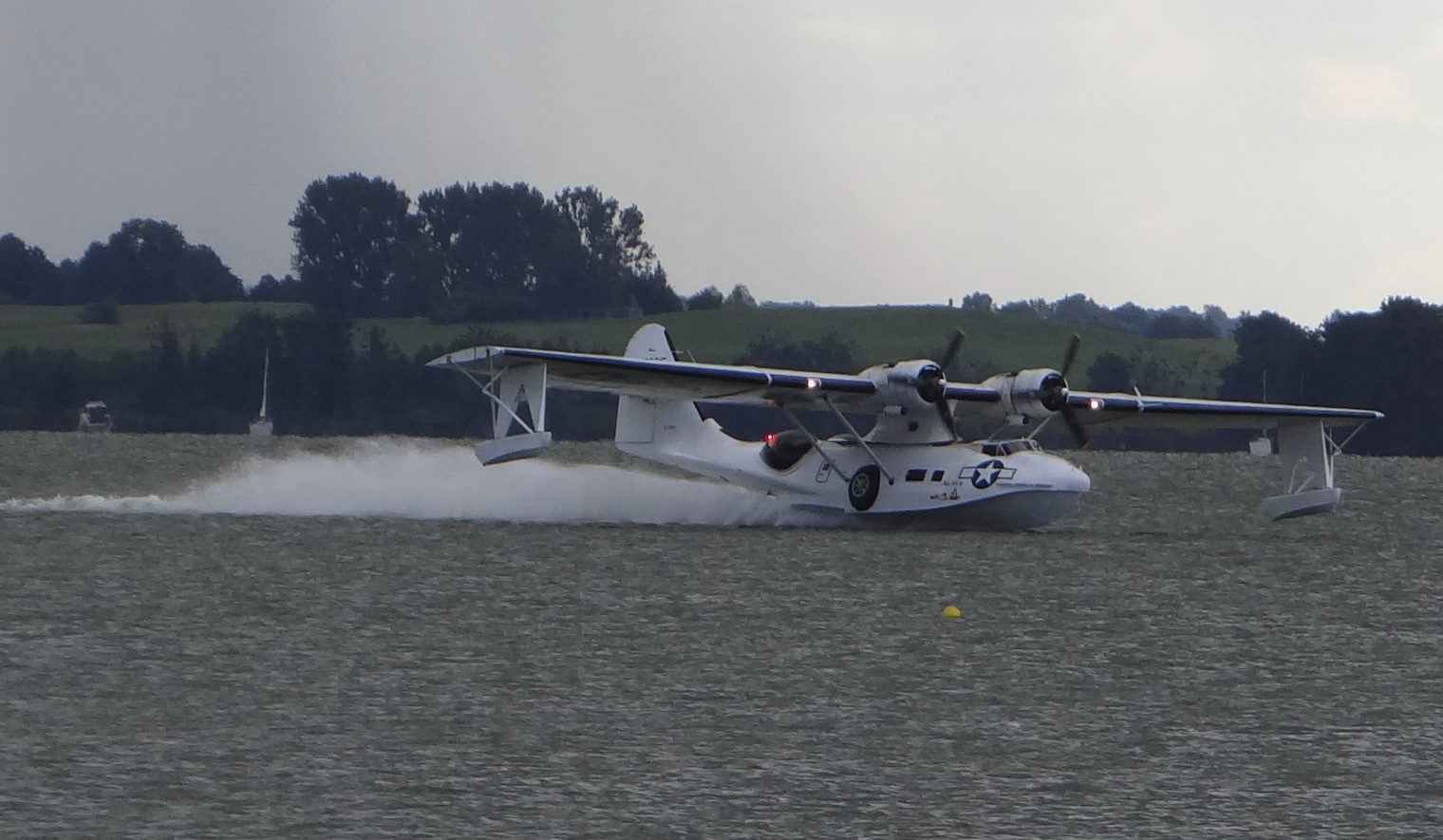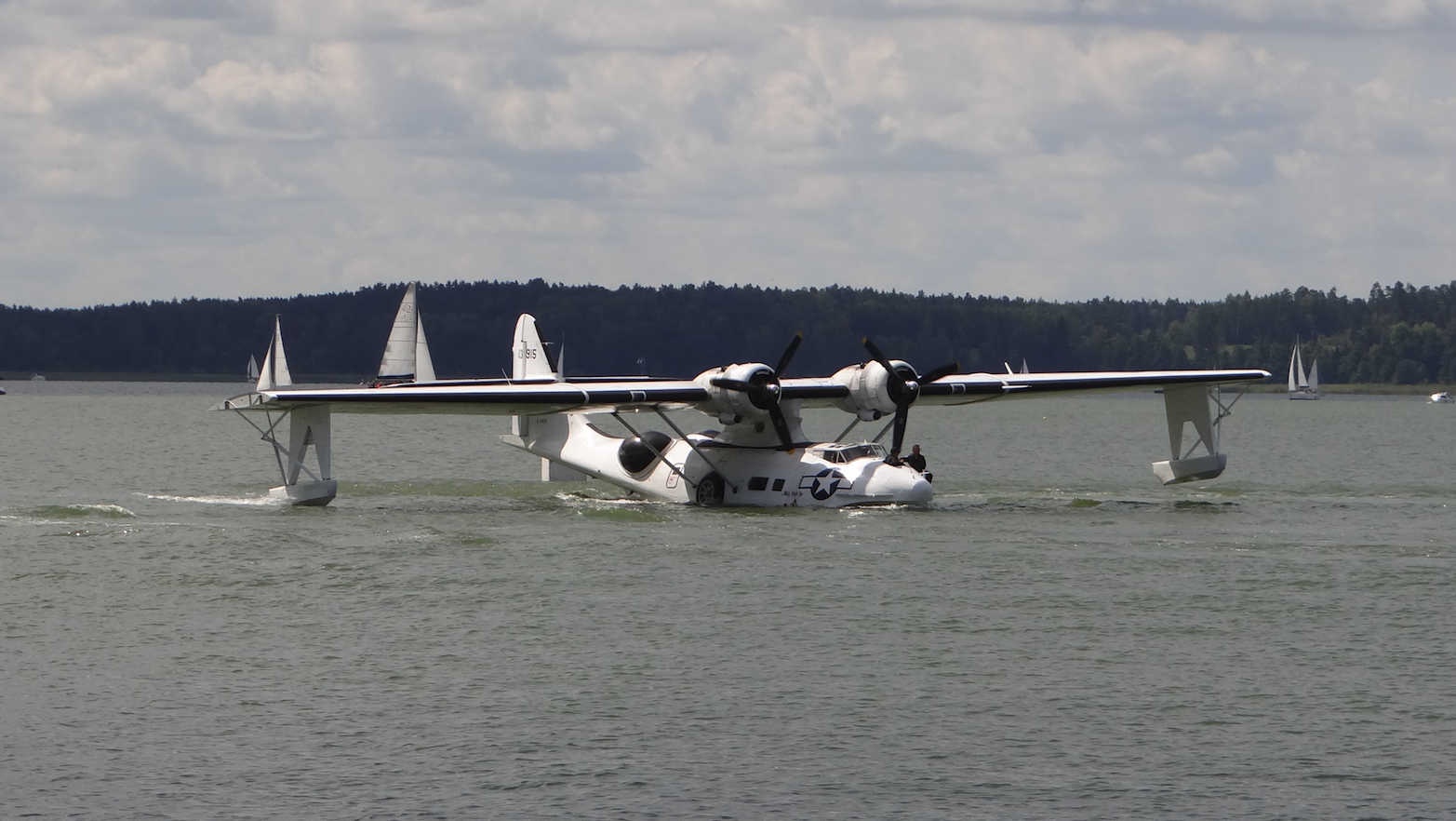Cracow August 14, 2018
00135a Section March 28, 1935
Consolidated PBY Catalina
USA
History
Consolidated PBY Catalina. 2018. Photo by Karol Placha Hetman
Consolidated PBY Catalina. 2018. Photo by Karol Placha Hetman
Consolidated PBY Catalina. 2018. Photo by Karol Placha Hetman
Consolidated PBY Catalina. 2018. Photo by Karol Placha Hetman
Consolidated PBY Catalina. 2018. Photo by Karol Placha Hetman
Consolidated PBY Catalina. 2018. Photo by Karol Placha Hetman
Consolidated PBY Catalina. 2018. Photo by Karol Placha Hetman
Consolidated PBY Catalina. 2018. Photo by Karol Placha Hetman
Consolidated PBY Catalina. 2018. Photo by Karol Placha Hetman
Consolidated PBY Catalina. 2018. Photo by Karol Placha Hetman
Consolidated PBY Catalina. 2018. Photo by Karol Placha Hetman
Consolidated PBY Catalina. 2018. Photo by Karol Placha Hetman
Consolidated PBY Catalina. 2018. Photo by Karol Placha Hetman
Consolidated PBY Catalina. 2018. Photo by Karol Placha Hetman
Consolidated PBY Catalina. 2018. Photo by Karol Placha Hetman
Consolidated PBY Catalina. 2018. Photo by Karol Placha Hetman
Consolidated PBY Catalina. 2018. Photo by Karol Placha Hetman
Consolidated PBY Catalina. 2018. Photo by Karol Placha Hetman
Consolidated PBY Catalina. 2018. Photo by Karol Placha Hetman
Consolidated PBY Catalina. 2018. Photo by Karol Placha Hetman
Consolidated PBY Catalina. 2018. Photo by Karol Placha Hetman
Consolidated PBY Catalina
In the Polish Aviation, Consolidated PBY Catalina aircraft were not used. During the World War II, several Polish pilots supplied these planes from factories to combat squadrons.
The Consolidated PBY Catalina is an American flying boat, and later an amphibious aircraft of the 1930s and 1940s produced by Consolidated Aircraft. It was one of the most widely used seaplanes of World War II.
The PBY was originally designed to be a patrol bomber. The prototype of the flying boat first flight was made on March 28, 1935. The plane did not have a wheel chassis at that time, which was added later. The production of Consolidated PBY Catalina lasted from 1936 to 1945. Airplanes were used in the US Navy, USAF, RAF, Royal Canadian Air Force. 3,305 aircraft were built in the USA and Canada and 24 copies in CCCP. Consolidated PBY Catalina planes have built in over 20 versions and variations.
During World War II, PBY aircraft were used in the fight against submarines and surface ships, escorted convoys, carried out search and rescue and transport missions.
Although slow and ungainly, Catalinas distinguished themselves in World War II. Allied forces used them successfully in a wide variety of roles for which the aircraft was never intended. PBYs are remembered for their rescue role, in which they saved the lives of thousands of aircrew downed over water.
Nobody expected that PBY planes would be so successful. They were slow, they had a small flight and cargo loads. However, Catalina aircraft were reliable and easy to renovate.
PBY aircraft were used until the end of the 70-years, the twentieth century. The last versions were used to put out fires.
The designation "PBY" was determined in accordance with the U.S. Navy aircraft designation system of 1922; PB representing "Patrol Bomber" and Y being the code assigned to Consolidated Aircraft as its manufacturer. The Catalina name was given by the British in 1942, taken over by the Americans.
Consolidated’s XP3Y-1 design (company Model 28) had a parasol wing with external bracing struts, mounted on a pylon over the fuselage. Construction is all-metal, stressed-skin, of aluminum sheet, except the ailerons and wing trailing edge, which are fabric covered.
The prototype was powered by two 825 hp (615 kW) Pratt & Whitney R-1830-54 Twin Wasp radial engines mounted on the wing’s leading edges. Armament comprised four .30 in (7.6 mm) Browning AN/M2 machine guns and up to 2,000 lb (910 kg) of bombs.
Consolidated PBY Catalina G-PBTA
The plane shown in the pictures is G-PBTA registration and number 433915. In addition, it has its own name "Miss Pick Up" and a drawing of a woman.
G-PBYA was originally ordered for the Royal Canadian Air Force as a Canso A amphibian, basically equivalent to the US Navy PBY-5A. It was built by Canadian Vickers at Cartierville, Quebec and was allocated their constructors number CV-283 before adopting the RCAF serial 11005. It was taken on charge by the air force on 27 October 1943.
The plane was used in squadrons that defended Canada against the Japanese invasion. After the war, he served as a transport and patrol aircraft. In 1961 he was removed from the state of the Canadian army. The new owner has allocated a plane for a plane to extinguish fires. The plane was sold several times, still performing the functions of a firefighting airplane. During this time, the plane had more than 12,000 hours spent in the air. Around 1990, the plane was planned to be converted into a passenger, with the intention of transporting tourists in Africa. The plan was not made and the plane was stored in the open air. The aircraft was once again put up for sale. Current owners bought this aircraft in 2004.
Written by Karol Placha Hetman
Cracow August 14, 2018
00135a Section March 28, 1935
Consolidated PBY Catalina
USA
Construction
Consolidated PBY Catalina
General characteristics Consolidated PBY Catalina (Data T-T)
Wingspan: 31.70 m (104,00 ft)
Length: 19.46 m (63,85 ft)
Height: 6.15 m (21,10 ft)
Wing area: 130 m2 (1,400 sq ft)
Empty weight: 9,485 kg (20,910 lb)
Max takeoff weight: 16,066 kg (35,420 lb)
Maximum speed: 196 mph (314 km/h)
Cruise speed: 125 mph (201 km/h)
Range: 2,520 mi (4,030 km)
Service ceiling: 15,800 ft (4,000 m)
g limits: +3.4 / -1.4
Rate of climb: 1,000 ft/min (5.1 m/s)
Powerplant: 2 × Pratt & Whitney R-1830-92 Twin Wasp radial engines, 1,200 hp (895 kW) each
Propellers: propellers equipped with three bladed, metal, adjustable.
Crew: 10 – pilot, co-pilot, bow turret gunner, flight engineer, radio operator, navigator, radar operator, two waist gunners, ventral gunner.
Armament
3 .30 cal (7.62 mm) machine guns (two in nose turret, one in ventral hatch at tail)
2 .50 cal (12.7 mm) machine guns (one in each waist blister)
4,000 lb (1,814 kg) of bombs or depth charges; torpedo racks were also available
Written by Karol Placha Hetman
Cracow August 14, 2018
00135a Section March 28, 1935
Consolidated PBY Catalina
USA
List
Consolidated PBY Catalina
In the Polish Aviation, PBY Catalina aircraft were not used. During the World War II, several Polish pilots supplied these planes from factories to combat squadrons.
Written by Karol Placha Hetman

